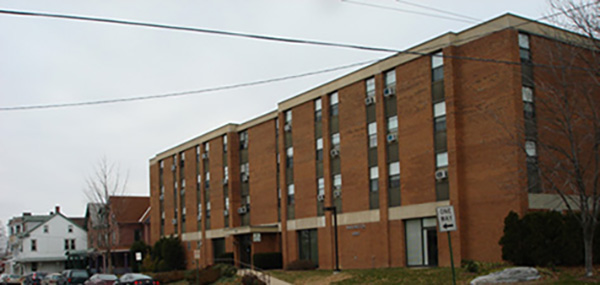
Housing
Families who wish to apply for any of the Authority’s programs must complete an online application. Please note that you MUST have a valid Social Security number AND be age 18 or older to complete an application. The application process involves two phases. The first is the “initial” application for assistance, which results in the family’s placement on the waiting list. The second phase is the “final determination of eligibility,” which occurs when the family reaches the top of the waiting list. At that time, each applicant gets interviewed, and the Authority verifies all eligibility factors. Applications may be submitted online through our website whenever the waiting list is open.

Redevelopment Authority
The Redevelopment Authority administers the Community Development Block Grant (CDBG), HOME, and other state/federal community development programs and serves both the County and City of Lebanon. The Authority also administers the first-time homebuyer program along with several other home rehab/access programs to assist low and moderate-income persons. Ms. Karen Raugh is the Executive Director of the Redevelopment Authority. Staff includes Jody Chernich, Community Development Specialist and Dan Lyons, Programs Director.
BID
Inormation
Public
Housing
Section 8
Housing
Announcements
Upcoming Office Closures
Monday, May 27, 2024 - Memorial Day
Now Accepting Bids
The Housing Authority of Lebanon County will receive sealed bids for installation of radon mitigation systems at the Authority’s family unit developments located in the county of Lebanon, PA. Sealed bids will be accepted at the Authority’s Administrative Offices, 137 West Penn Avenue, Cleona, PA 17042, until 2:00 PM on Wednesday, May 1, 2024. All bids will be publicly opened and read immediately thereafter. You may download the full project bid here.
—
The Housing Authority of Lebanon County will receive sealed bids for Property and Liability Insurance. Sealed bids will be accepted at the Authority’s Administrative Offices, 137 West Penn Avenue, Cleona, PA 17042, until 2:00 PM on Monday, June 3, 2024. All bids will be publicly opened and read immediately thereafter. You may download the full RFP here.
Land Bank, Housing & Redevelopment Authority Board Meetings
The Boards of Directors of the City of Lebanon Land Bank and the Housing and Redevelopment Authorities will meet on Wednesday, March 13, 2024, beginning with the Land Bank at 2pm. The meetings will be held via Zoom teleconference and at 1220 Mifflin Street. The Zoom details and the full agendas may be downloaded by clicking here.
